

Position: Associate Professor (Earth sciences), University of Waikato. Field: Carbon dioxide energy and water vapour fluxes from natural and managed ecosystems; hydrology, carbon exchanges and ...
READ MORE

NIWA’s research vessel the Tangaroa went on an 8-week voyage to the Ross Sea to survey the marine environment and explore biodiversity in the region. The journey from February until mid-March ...
READ MORE

The Antarctic fish fauna is relatively small, with only around 325 species known and only about 135 reported to be found in the Ross Sea region. By comparison, coral reefs support very large fish ...
READ MORE
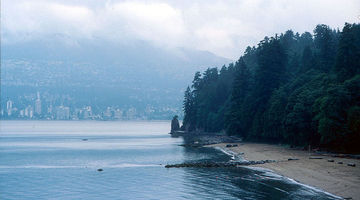
In this activity, students observe the processes of evaporation and precipitation by creating a model that simulates the water cycle. By the end of this activity, students should be able to ...
READ MORE
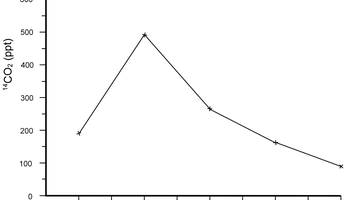
In this activity, students interpret graphs from a long-term study of carbon dioxide in the atmosphere of New Zealand. They explore how the interval between samples affects the conclusions we are ...
READ MORE
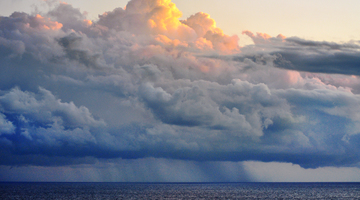
In this activity, students watch a short slide show presentation explaining what precipitation is and how clouds form. By the end of this activity, students should be able to: explain what ...
READ MORE

Be part of a worldwide movement and use Global Earth Challenge to submit or classify photos to help our planet’s environment and human health. Global Earth Challenge is a citizen science campaign ...
READ MORE
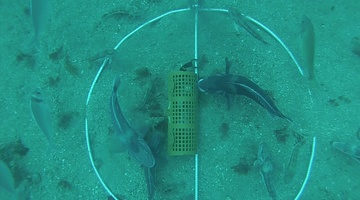
Come and visit Aotearoa New Zealand’s underwater world in this online citizen science project. Discover, count and identify unique fish species that live within our marine reserves ...
READ MORE
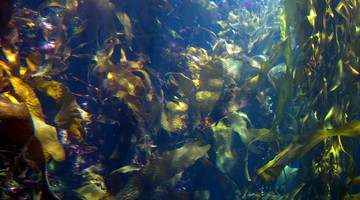
Kelp forests are one of the most biodiverse habitats on Earth. Every nook and cranny is jam-packed with life! This citizen science project wants to understand more about how kelp forests grow and ...
READ MORE
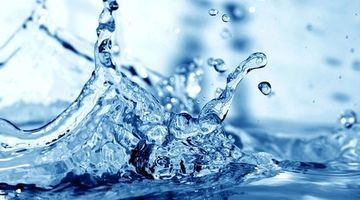
About 70% of Earth’s surface is covered by water. It is found just about everywhere and is the only naturally occurring substance on Earth existing in solid, liquid and gas states. Water is ...
READ MORE
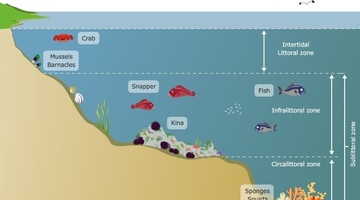
The rocky shore is a popular topic in primary school science. Below are some Science Learning Hub resources for primary teachers related to the rocky shore in the Living World strand of the New ...
READ MORE
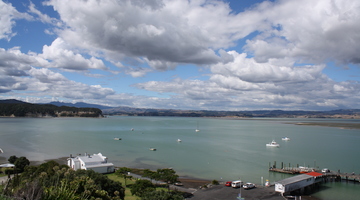
With 75% of New Zealanders living within 10 km of the coast, many students will be familiar with estuaries. In scientific terms, estuaries are the interface between the land and the sea – the ...
READ MORE
One of the most exciting aspects of Dave Campbell’s job is working with students. Not only does he get to teach science to students, but he is able to work alongside young researchers who are ...
READ MORE
Stacey Mulgrew, the Land Information representative gives a tour of the ship. Stacey starts on deck and explains the decks of the ship using the ship’s deck plans. She shows where one of the ...
READ MORE
Andrew Stewart is discussing the adaptations of the Antarctic silverfish. Points of interest for teachers: Students may want to discuss why the icefish does not have red blood. Why is more oxygen ...
READ MORE
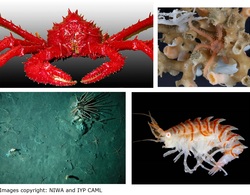
This short slideshow shows some of the animals found in the Antarctic benthic zone. Use the Slideshow menu for further options, including view full screen, and go here for the download option.
READ MORE
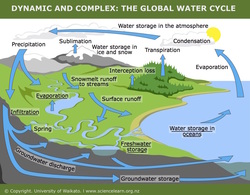
Water in the Earth system is influencing all aspects of life on Earth. Pathways, storage, transfers and transformations have an effect on the global climate and human welfare. Within this ...
READ MORE
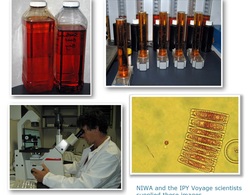
This slideshow shows the process of sampling water and looks at the different microorganisms found. Use the Slideshow menu for further options, including view full screen, and go here for the ...
READ MORE